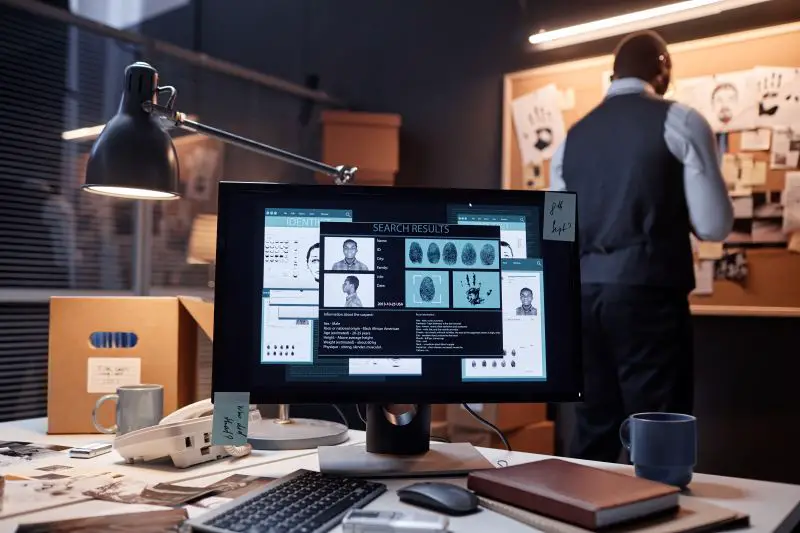Click here to get this post in PDF
In today’s digital age, computer forensics plays a crucial role in solving cybercrimes, recovering lost data, and investigating suspicious activities. This article explores the essential tools of computer forensics software, focusing on its capabilities in Windows forensics and other critical areas. By understanding these tools, you can enhance your ability to uncover hidden information and protect digital assets effectively.
The Role of Computer Forensics Software in Modern Investigations
Computer forensics software is indispensable for investigators seeking to analyze digital evidence. It helps extract, preserve, and interpret electronic data that may be relevant to legal proceedings. Whether it’s tracking down hackers or retrieving deleted files, this software provides powerful capabilities.
- Data Extraction: Extracting information from various devices.
- Preservation: Ensuring data integrity during analysis.
- Interpretation: Analyzing data to draw meaningful conclusions.
Computer forensics software offers a range of features tailored to different investigative needs. From capturing network traffic to decrypting encrypted files, these tools are versatile and robust. Investigators rely on them to build strong cases based on solid evidence.
Key Features of Effective Computer Forensics Software
When choosing computer forensics software, several features should be considered:
- User-Friendly Interface: Easy navigation for both beginners and experts.
- Comprehensive Analysis Tools: Capabilities for deep forensic analysis.
- Regular Updates: Keeping up with evolving technologies and threats.
The software must also support a wide array of file systems and operating systems, including Windows forensics. Compatibility ensures thorough examination across different platforms.
Understanding Windows Forensics
Windows forensics is a specialized area within computer forensics focused on analyzing Windows-based systems. Given the widespread use of Windows OS, mastering this domain is vital.
- Registry Analysis: Examining the Windows Registry for clues.
- Event Logs: Reviewing system logs for suspicious activities.
- File System Analysis: Investigating file structures for anomalies.
For successful Windows forensics, the computer forensics software must offer advanced tools like registry viewers, log analyzers, and file system explorers. These tools help investigators uncover hidden details about user activities and system events.
Best Practices for Using Computer Forensics Software
To maximize the effectiveness of computer forensics software, follow these best practices:
- Maintain Chain of Custody: Document every step to ensure evidence integrity.
- Use Read-Only Access: Prevent accidental data alteration.
- Regularly Update Software: Stay current with new features and security patches.
By adhering to these guidelines, investigators can produce reliable results that stand up in court. The right software, combined with proper techniques, leads to successful outcomes.
Advanced Techniques in Computer Forensics
Advanced techniques enhance the power of computer forensics software:
- Memory Forensics: Analyzing RAM contents for live data.
- Network Forensics: Tracking digital communications.
- Mobile Device Forensics: Examining smartphones and tablets.
These methods provide deeper insights into complex cases. For instance, memory forensics can reveal processes running at the time of an incident, while network forensics tracks malicious traffic patterns.
Real-World Applications of Computer Forensics Software
Real-world applications demonstrate the impact of computer forensics software:
- Cybercrime Investigation: Uncovering hacker tactics and motives.
- Corporate Espionage: Identifying insider threats and breaches.
- Legal Proceedings: Providing admissible evidence in court.
In each scenario, forensic tools help professionals analyze digital evidence, extract valuable insights, and ensure data integrity. Their ability to process diverse data types makes them indispensable in modern investigations.
Choosing the Right Computer Forensics Software
Selecting the right computer forensics software involves evaluating several factors:
- Performance: Speed and efficiency in processing large datasets.
- Accuracy: Precision in data extraction and analysis.
- Support: Availability of technical assistance and training resources.
Consider conducting trials or demos before making a final decision. Feedback from colleagues and industry reviews can also guide your choice.
Conclusion
Computer forensics software plays a vital role in modern investigations, enabling professionals to analyze digital evidence with precision and efficiency. As cyber threats and digital crimes continue to evolve, having the right tools is essential for uncovering critical data and ensuring justice. By staying up to date with the latest forensic technologies, investigators can enhance their capabilities and confidently navigate the ever-changing landscape of digital forensics.
Also read: Custom Software Solutions To Help You Do More
Acer Vero Laptops: The Smarter, Greener Choice for Back to School
Image source: elements.envato.com

